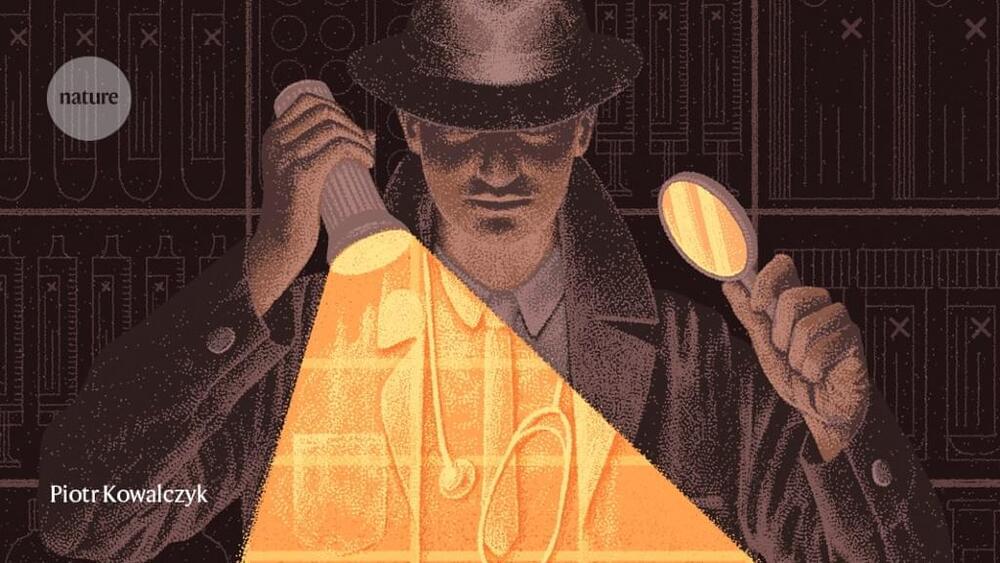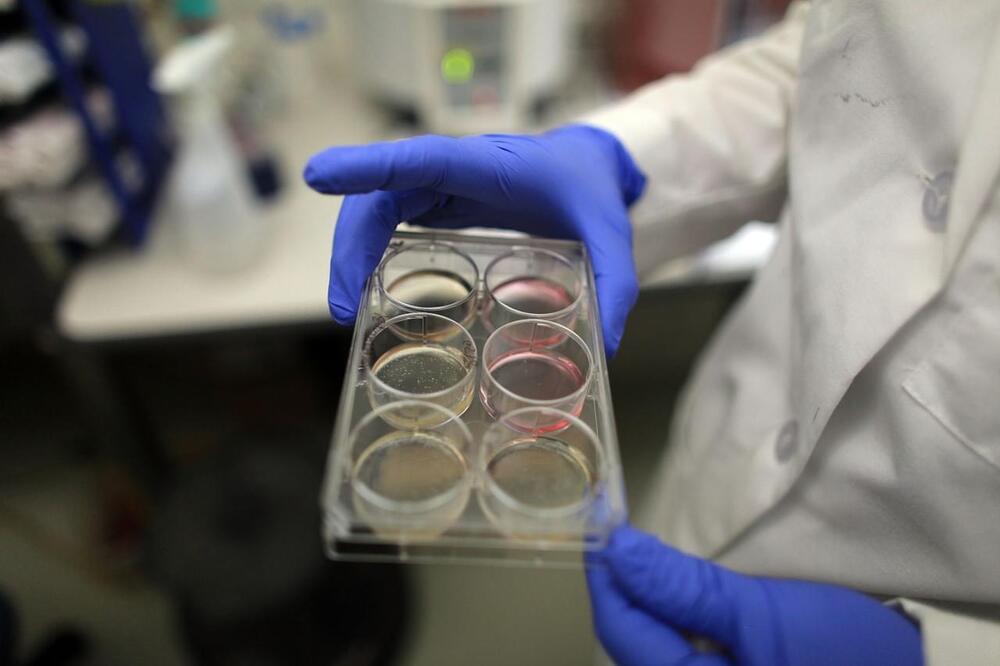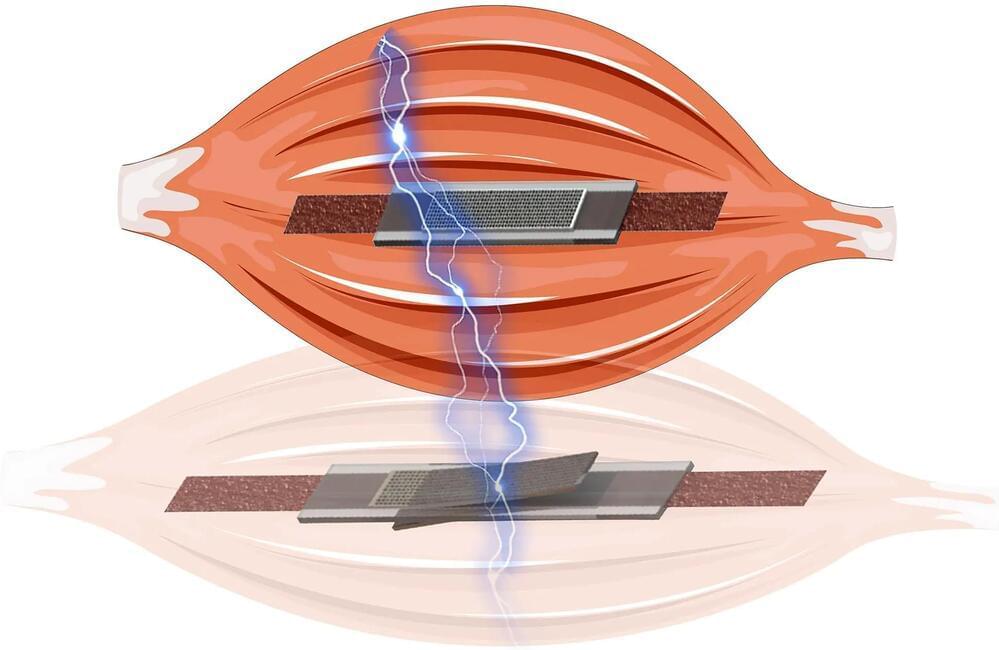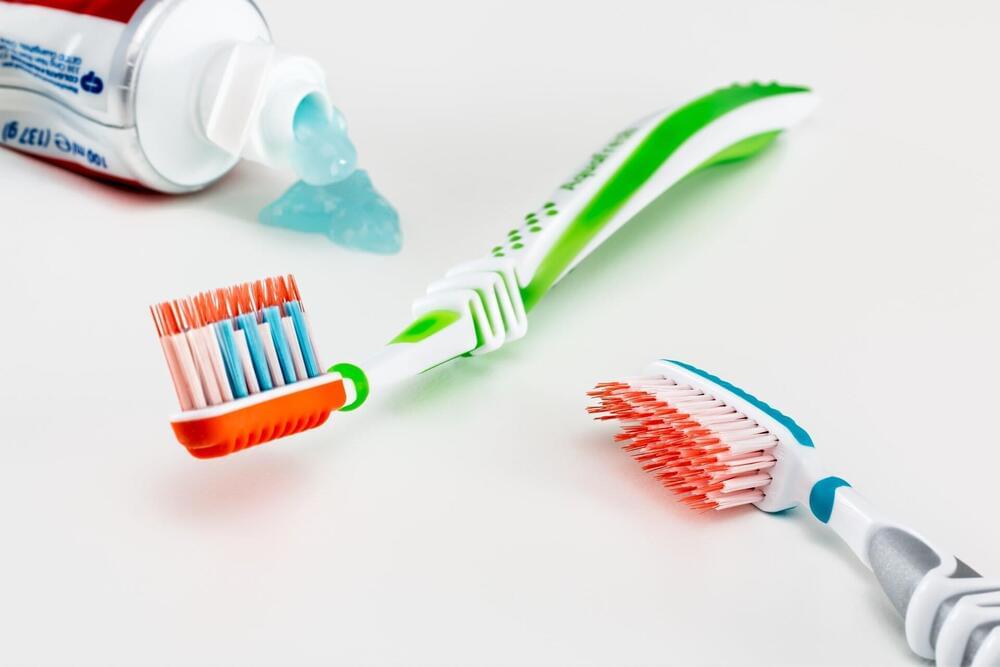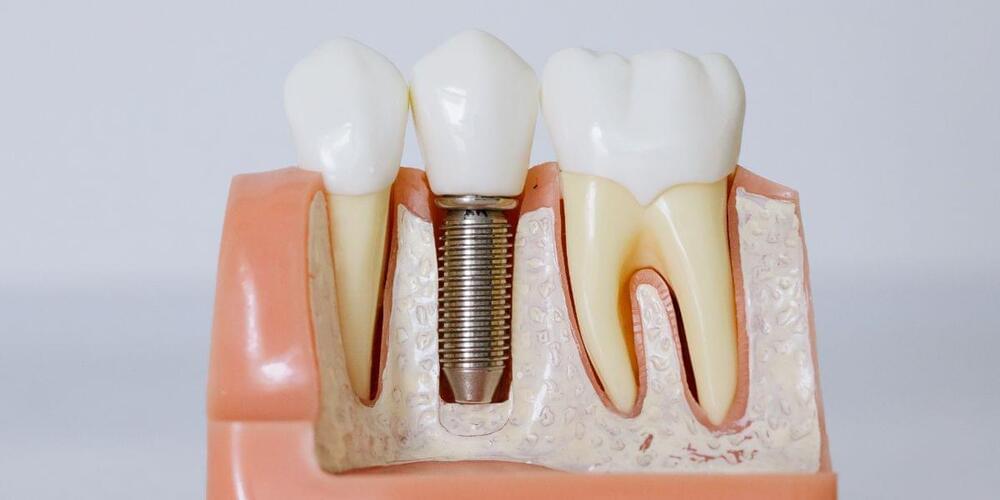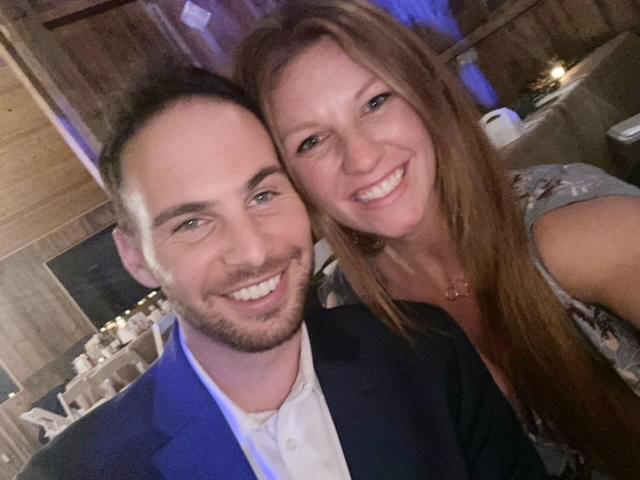Jul 18, 2023
China’s AI-powered robot promises minimally invasive brain surgeries
Posted by Gemechu Taye in categories: biotech/medical, robotics/AI
MicroNeuro ensures surgical safety and frees surgeons from labor-intensive tasks.
Today, less than 3 surgeries in the world are robot-assisted. The most common type of clinical robotic surgical system surgeons use includes a camera and mechanical arms with surgical instruments attached to them.
Robot assistance is known to provide more precision in brain surgeries than humans performing surgery, which may lead to damage to healthy tissues.



